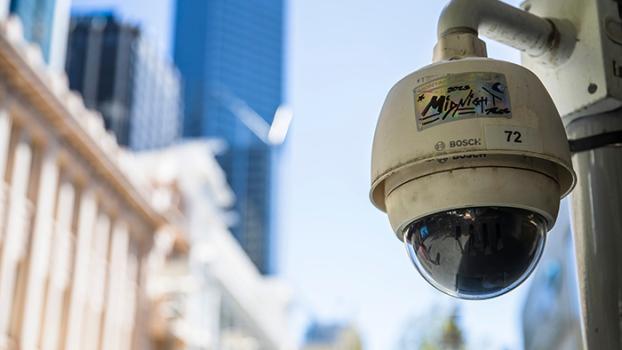
Security systems installer
Security systems installers fit and repair security systems and devices, including alarms and closed-circuit television (CCTV). They inspect sites and talk with clients to determine security requirements and plan the equipment needed and where it will be placed for maximum effectiveness. They run cables and wires through walls and roof spaces, connecting systems to the electricity supply and telephone lines, so that alarms can be monitored. Once a system has been installed, these workers run thorough tests to ensure that it functions as intended, making any necessary adjustments to improve performance.
Working conditions
Security systems installers work in a range of settings, including residential, commercial, industrial and public buildings and premises. They work both indoors and outside. When working indoors they may be required to work in roof spaces, which can be dark, cramped and dusty. When working outside they work in a range of weather conditions and may be required to work at heights. Most security systems installers work standard business hours during the week, however some on-call work may be required to deal with any faults occurring outside normal business hours, this may require working nights, on weekends and/or public holidays.
Tools and technologies
Security systems installers work with equipment designed to detect and monitor the presence of intruders, including motion sensors, closed-circuit television (CCTV), infrared and alarms. They also use cables, radio system links and/or fibre optics to connect the system to control panels, electricity supply and telecommunications networks. There are rapid technological advances in this field and security systems installers will need to continually update their knowledge to stay current. They use tools such as drills, pliers, wirecutters and other hand and power tools to install the system and make connections. They will also need to use ladders or elevated work platforms to carry out some work. Uniforms and company vehicles are often supplied.
Education and training
To become a security systems installer you will need to complete a traineeship in Technical Security and hold the appropriate licences and registration.
A traineeship in Technical Security (Level 2) will qualify you to install CCTV systems and work effectively in the security industry. After completion of the level 2 traineeship you can begin a traineeship in Technical Security (Level 3). The level 3 traineeship covers more advanced skills, allowing you to design and program systems and install a wider range of security equipment. As a trainee, you enter into a formal training contract with an employer. You spend most of your time working and learning practical skills on the job and you spend some time undertaking structured training with a registered training provider. They will assess your skills and when you are competent in all areas, you will be awarded a nationally recognised qualification. Each of these traineeships generally takes 6 months to complete.
As a security systems installer you will also need to be registered as a cabler with the Australian Security Industry Association (ASIAL) or another Australian Communications and Media Authority (ACMA) approved registrar. Completion of the above Level 2 traineeship will qualify you for restricted registration, while the Level 3 traineeship qualifies you for open registration. For full details of the cabling registration requirements contact ASIAL or ACMA.

Free support and assistance
Your local jobs and Skills Centre can provide free information, support and assistance to help you decide on the best training options to meet your goals.
Disclaimer
The information presented on the occupation profiles within this website is offered as a guide only.

